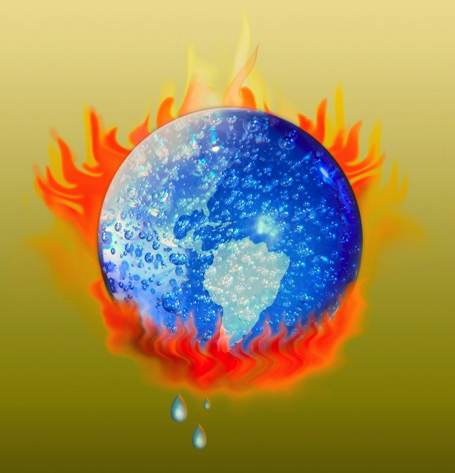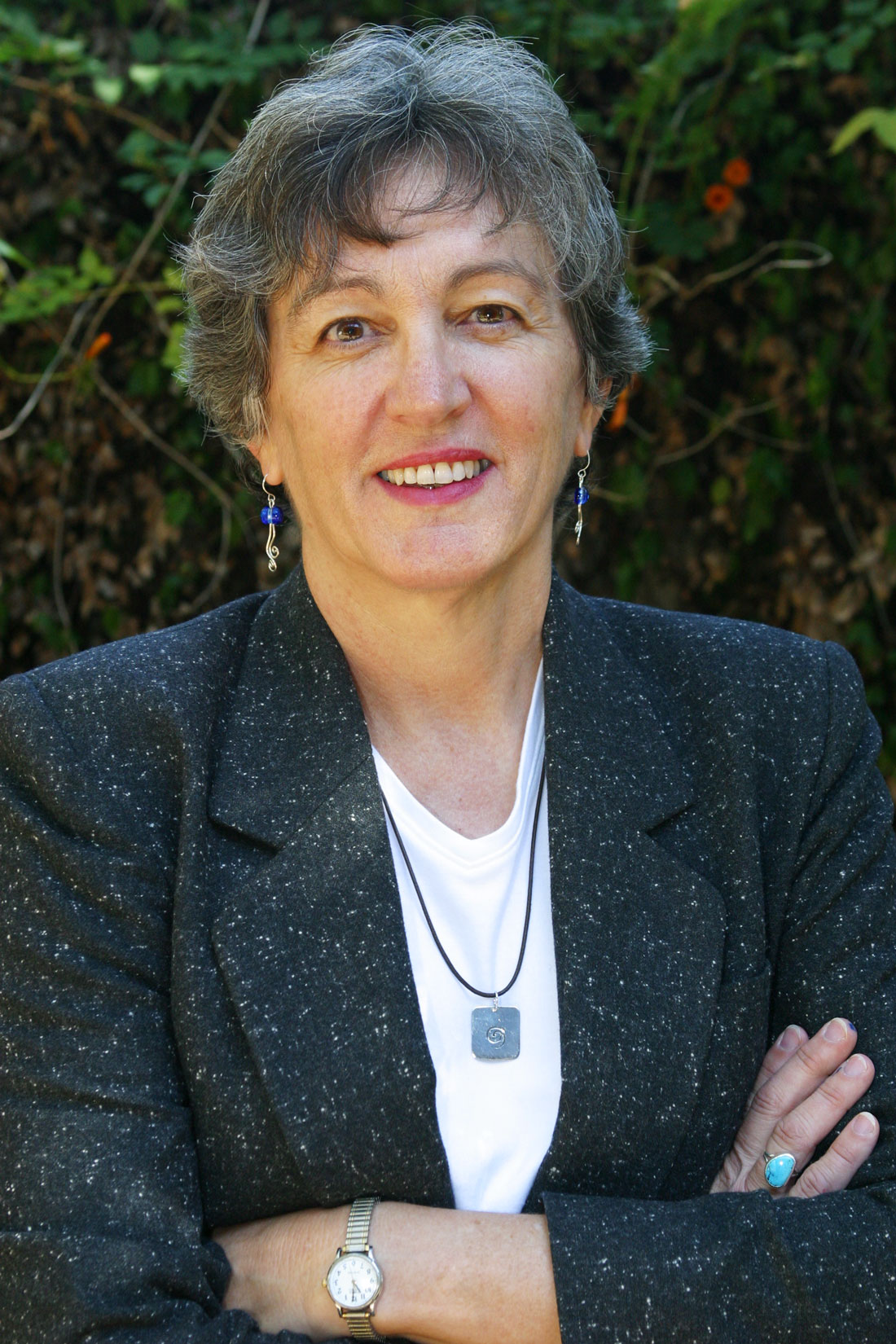My youngest daughter is 17, so she will have lived most of her life before the worst of the warming hits. But her later years will not be easy, and her kids will have it very hard from the start. As for their kids, I just don’t know.
The job of the British Meteorological Office is to make forecasts, and its forecast for 2060 is an average global temperature that has risen by as much as 7.2 degrees Fahrenheit, or 4 degrees Centigrade. Dr. Richard Betts of the Met’s Hadley Centre, one of the world’s most important institutions for climate research, laid it all out most recently at a conference called “4 Degrees and Beyond.”
 “We’ve always talked about these very severe impacts only affecting future generations, but people alive today could live to see a 4C rise,” Betts said. “People will say it’s an extreme scenario, and it is … but it’s also a plausible scenario.”
“We’ve always talked about these very severe impacts only affecting future generations, but people alive today could live to see a 4C rise,” Betts said. “People will say it’s an extreme scenario, and it is … but it’s also a plausible scenario.”
All we have to do is go on burning fossil fuels at the current rate, and we’ll be there by the 2080s. Keep increasing our carbon dioxide emissions in pace with economic growth, as we’ve done over the past decade, and we’ll be there by the 2060s. “There” is not a good place to be.
At 4 Centigrade degrees warmer, 15 percent of the world’s farmland will have become useless due to heat and drought, and crop yields will fall sharply on half of the rest – an overall 30 to 40 percent fall in global food production. Since the world’s population will have grown by two billion by then, there will be only half the food per person that we have now. Many people will starve.
In western and southern Africa, average temperatures will be up to 10 degrees higher than now. There will be severe drying in Central America, on both sides of the Mediterranean, and in a broad band across the Middle East, northern India, and Southeast Asia. With the glaciers gone, Asia’s great rivers will be mostly dry in the summer. Sea-level rise will take out half the world’s food-rich river deltas, from the Nile to the Mekong.
So there will be famines and massive waves of refugees and ruthless measures taken to hold borders shut against them. The bitter irony is that the old-rich countries whose emissions did the most to bring on this disaster will suffer least from it, at least in the early stages. By and large, the farther you are from the equator, the less you are hurt by the changes.
The trouble is that global warming won’t stop there. That’s just a way station on the way to 5 or 6 degrees hotter, when all the ice melts and the only habitable land is what’s still above sea level around the Arctic Ocean. Once we have passed 2 degrees hotter, we are at ever-greater risk of triggering the big “feedbacks” – the natural emissions caused by warming – that will overwhelm all our efforts. If we don’t stop at 2 degrees, our current civilization is probably doomed.
At the moment, we are in control of the situation if we want to be, for it is our excess emissions of greenhouse gases that are causing the warming. But if melting permafrost and warming oceans begin to give up the immense amounts of greenhouse gases they contain, we’ll find ourselves on a climate escalator that inexorably takes us up through 3, 4, 5, and 6 degrees hotter, with no way to get off.
That is why the leaders of all the world’s big industrial and developing countries, meeting in Italy last summer, adopted 2 degrees C as their joint “never exceed” goal. (Interestingly, they didn’t explain the reasoning behind that goal to the rest of us. Mustn’t frighten the children, I suppose.)
Meanwhile, the people tasked with negotiating a new climate treaty at Copenhagen in December struggle bravely onward but show no signs of coming up with a deal that will hold us under 2C. Global emissions must start dropping by 3 percent a year right away, but over the past decade they have been rising at 3 percent annually.
Everybody involved in the process understands the stakes and agrees on the goal. Almost everybody knows what the treaty will eventually look like, but they don’t believe they can yet sell that deal to the folks back home, so it probably won’t happen this year. Or next.
Tick tock.
Gwynne Dyer is a London-based journalist whose articles are published in 45 countries.











